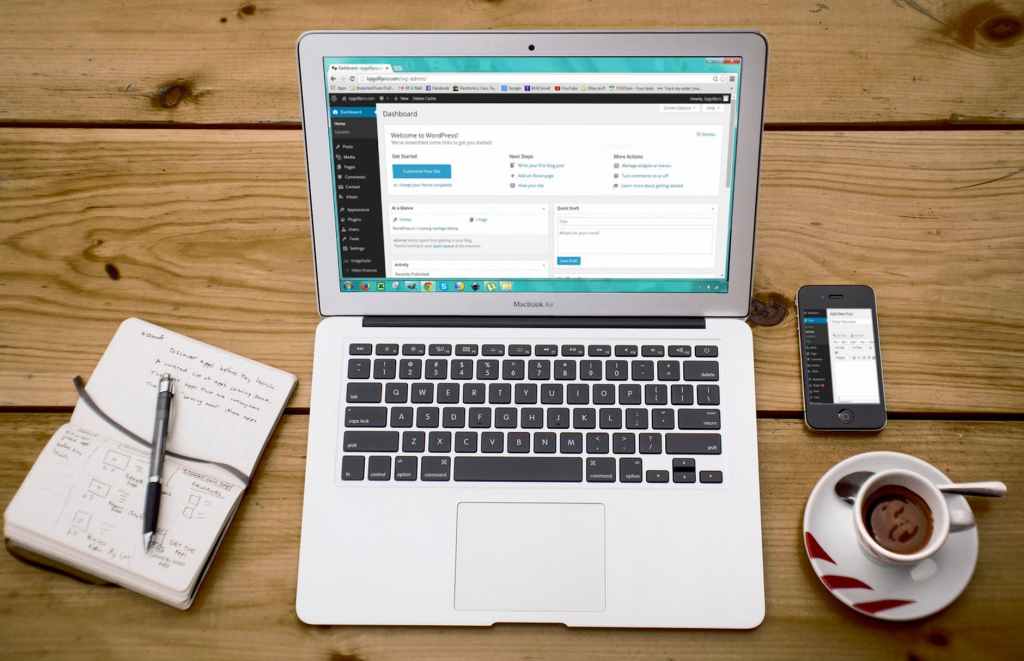Creating a blogger website is an excellent way to share your thoughts, knowledge, and passions with the online community. Whether you aim to become a professional blogger or simply want a platform to express yourself, it’s crucial to apply effective strategies to get started. In this comprehensive guide, we will walk you through the process of creating your very own blogger website, ensuring it is both visually appealing and user-friendly.
Step 1: Choose a Blogging Platform
The first step in creating a blogger website is selecting the right platform. One of the most popular and user-friendly options is Blogger, owned by Google. Visit http://www.blogger.com and sign in using your Google account. Upon logging in, you can easily create a new blog by clicking on the “Create New Blog” button.
Step 2: Choose a Suitable Domain Name
Next, select an appropriate domain name for your blogger website. Ensure it reflects the purpose of your blog and is easy to remember. A unique and catchy domain name will leave a lasting impression on your readers.
Step 3: Select a Template and Customize
Blogger offers a range of templates to choose from, catering to various blogging niches. Browse through the available options and select a template that aligns with your vision. After choosing a template, customize its appearance to suit your preferences. Personalizing your blogger website with images, colors, and fonts will enhance its overall appeal.
Step 4: Create Engaging Content
Now that your blogger website is ready, it’s time to start creating compelling content. Focus on writing high-quality, original articles that offer value to your readers. Use a friendly and conversational tone while maintaining a professional vibe. Make sure your content is well-structured with clear headings, subheadings, and paragraphs for enhanced readability.
Step 5: Add Relevant Widgets and Gadgets
Widgets and gadgets are great tools to increase interactivity on your blogger website. Add popular features such as social media buttons, a subscription box, search bar, and recent post widget to offer a seamless user experience. These additions will encourage readers to engage and share your content.
Step 6: Optimize for Search Engines
To ensure your blogger website reaches a wider audience, optimize it for search engines. This involves using appropriate keywords throughout your content, including meta tags, optimizing images with relevant alt text, and focusing on quality backlinking.
Conclusion:
Creating your blogger website is an exciting journey that allows you to share your passion and interests with the world. With the help of the step-by-step guide provided, you can confidently embark on this endeavor, creating a visually appealing and user-friendly platform to engage your readers. Remember to continually update your content, interact with your audience, and promote your blog through various channels to maximize its impact. Happy blogging!

A Step-by-Step Guide to Creating Your Blogger Website
Creating a blogger website is an excellent way to share your thoughts, knowledge, and passions with the online community. Whether you aim to become a professional blogger or simply want a platform to express yourself, it’s crucial to apply effective strategies to get started. In this comprehensive guide, we will walk you through the process…
2 minutes



Leave a comment